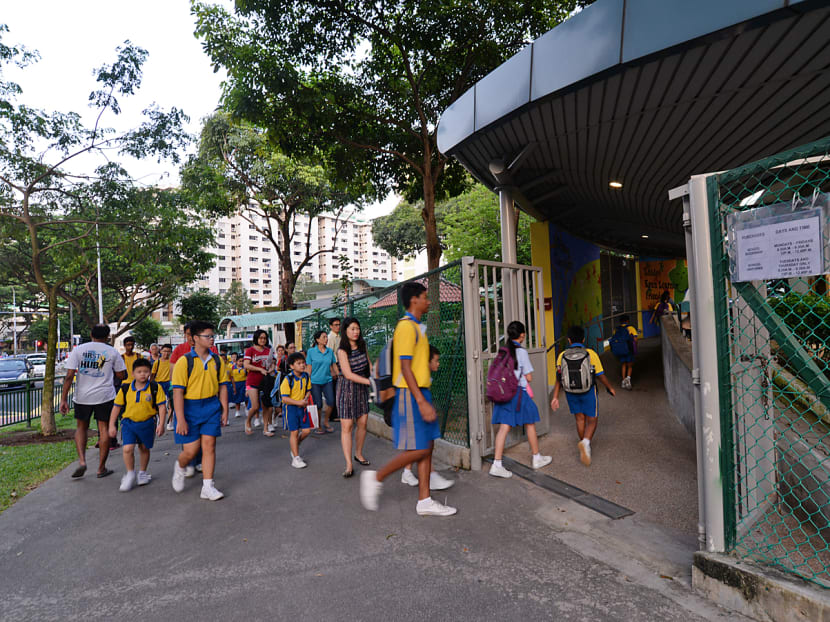Fighting fake news: Explore new ways to engage primary school students
I refer to the report, "Coding enrichment classes for all upper primary school students from next year" (July 10).

The authorities should devise media literacy programmes that are more age-appropriate for primary school students, says the writer.
I refer to the report, "Coding enrichment classes for all upper primary school students from next year" (July 10).
I am glad that the Ministry of Education and Info-communications Media Development Authority have taken steps to ensure our students stay relevant and prepared for the future, with parents and academics also showing support for this pursuit.
But I am concerned about other more pressing developments for these upper primary students.
Take media literacy, and the ability to determine bias and falsehoods in online sources.
In a poll done by Reach, the Government’s feedback unit, in February last year, only about half the respondents were confident of their ability to recognise fake news. The poll, however, canvassed views only from randomly selected Singapore residents aged 15 and older.
Media literacy resources such as the News and Media Literacy Toolkit — comprising lesson plans, activity sheets and other resources — are targeted only at students between 13 and 18 years old.
What about primary school students?
The Media Literacy Council’s Better Internet Campaign 2019 is centred on the message, “Be Safe, Be Smart, and Be Kind”.
In March, Communications and Information Minister S Iswaran unveiled new media literacy resources for young people, including Get Smart with Sherlock, a fact-checking toolkit comprising booklets, videos and infographics.
It covers topics such as the definition of fake news and the forms it can take, the consequences of spreading fake news, and how to spot such false information.
The materials use cartoons and animation in what seems to be an attempt to reach a younger audience. The explanations, however, are text-heavy and may be difficult for primary school students to understand.
All said, these are good initiatives, but the Government could formulate media literacy programmes that are more age-appropriate for primary school students by joining hands with other organisations, such as the Singapore Kindness Movement (SKM).
Right now, the SKM runs the Kindsville initiative, which comprises a series of webisodes, newsletters, games and activities.
One webisode, titled “Social Nightmare”, explores fake news by way of rumours between its Kindness Cubbies. It delved into areas such as the propagation of fake news (rumours), its consequences and how to set things right.
The webisode’s use of a simple story involving cartoon characters and minimal text is a clever way to make a discussion on fake news age-appropriate for primary school students.
As societies become increasingly engaged digitally, there is a need for media literacy programmes to cater more distinctly to the needs of various age groups, including primary school students.
Have views on this issue or a news topic you care about? Send your letter to voices [at] mediacorp.com.sg with your full name, address and phone number.






